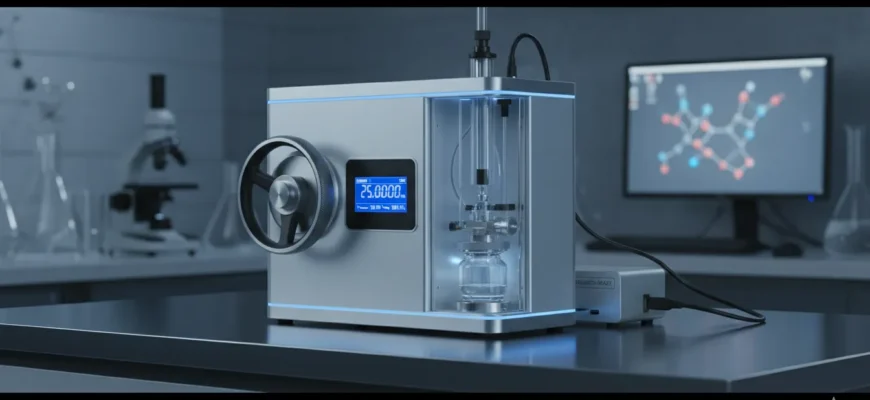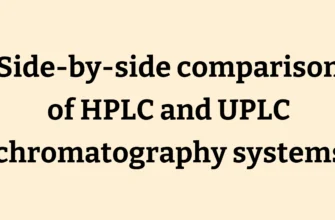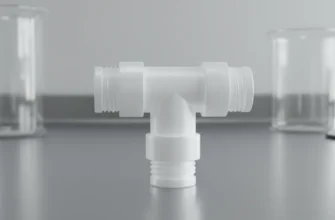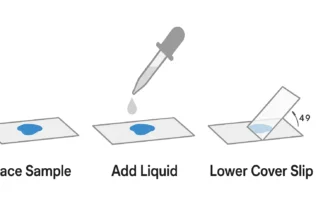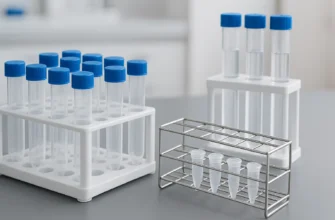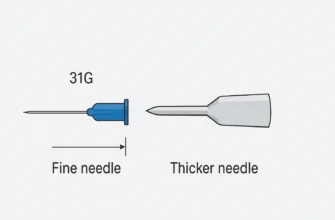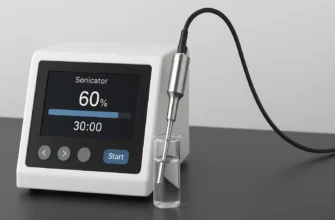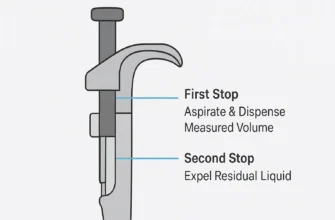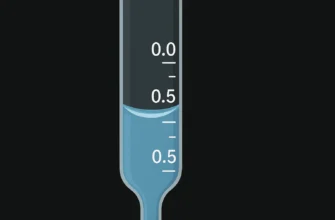Choosing & Using a Gas Buret Correctly – Final Version
Key Takeaways
-
A gas buret is graduated glassware used to collect and measure gas by liquid displacement rather than to dispense a liquid.
-
Always start with clean, degassed confining liquid and remove bubbles before any reading to avoid systematic error.
-
Read the meniscus at eye level; modern digital or e-burets can reduce parallax and transcription errors.
-
Standard borosilicate glass withstands most laboratory chemicals, but gas burets are rated only for near-ambient pressure; high-pressure work needs reinforced metal or thick-walled glassware.
-
Variants include volumetric glass, digital (piston), electronic, and specialty designs such as the Tutwiler buret for on-tube titrations.
Introduction
Precise gas volume measurement is essential in stoichiometry, gas-law verification, and purity checks. A gas buret—spelled burette in UK usage—is a calibrated tube filled with a confining liquid (commonly water or non-volatile oil) attached to a reservoir. Incoming gas displaces the liquid, and the displacement equals the collected gas volume once temperature and pressure are equilibrated.
Gas vs. Liquid Burets
-
Stopcock location: bottom for liquid dispensing, top or side for gas collection.
-
Operating principle: gravity-driven outflow for liquids vs. displacement for gases.
-
Interchangeability: not recommended; glass thickness, graduation alignment, and valve orientation differ and affect accuracy.
Achieving Accurate Gas Measurements
-
Use degassed, isothermal liquid to minimise dissolved-gas errors.
-
Equalise internal and external pressure by adjusting the reservoir height before every reading.
-
Record ambient barometric pressure and temperature to convert the observed volume Vobs to standard conditions via VSTP=Vobs×Pobs760 mm Hg×273.15 KTobs.
Gas Buret Types and Applications
| Type | Distinguishing Features | Typical Use |
|---|---|---|
| Volumetric glass | Graduated tube, manual reading | Educational and routine synthesis |
| Digital (piston) | Syringe barrel, hand wheel, LCD read-out | High-precision research titrations |
| Electronic (e-buret) | Motorised piston, micro-controller | Automated QA/QC labs |
| Tutwiler gas buret | Dual stopcocks, internal titration bead | Rapid H₂S or CO₂ determinations in fuel gas |
The Tutwiler Gas Buret
Developed for field hydrogen-sulfide assays, the Tutwiler buret combines gas collection and immediate titration in one unit. A glass bead agitates the contents, allowing iodine or cadmium acetate solutions to react directly with the gas; volume change and colour shift yield concentration without sample transfer.
Cleaning and Maintenance
-
Rinse with deionised water followed by the confining liquid; avoid strong bases on grease-free stopcocks.
-
Inspect graduations for etching or duplication errors (rare but documented) before first use and after storage.
-
Store vertically in a padded clamp; keep PTFE or glass stopcocks lightly lubricated with silicone grease rated for the working solvent.
Frequently Asked Questions
-
Materials? Borosilicate glass tube with PTFE or glass plug stopcock for chemical and thermal resistance.
-
High pressure? No; use a metal gas buret or pressure transducer for pressures > 1 atm to prevent shattering.
-
Cleaning steps? Rinse, soak in mild laboratory detergent if needed, flush stopcock, dry inverted, and store clamped.
Conclusion
Correct selection and meticulous handling of a gas buret ensure reproducible gas-volume data across academic and industrial settings. By choosing the proper model, eliminating bubbles, and standardising temperature-pressure conditions, analysts can trust their quantitative results and extend the life of their equipment.

